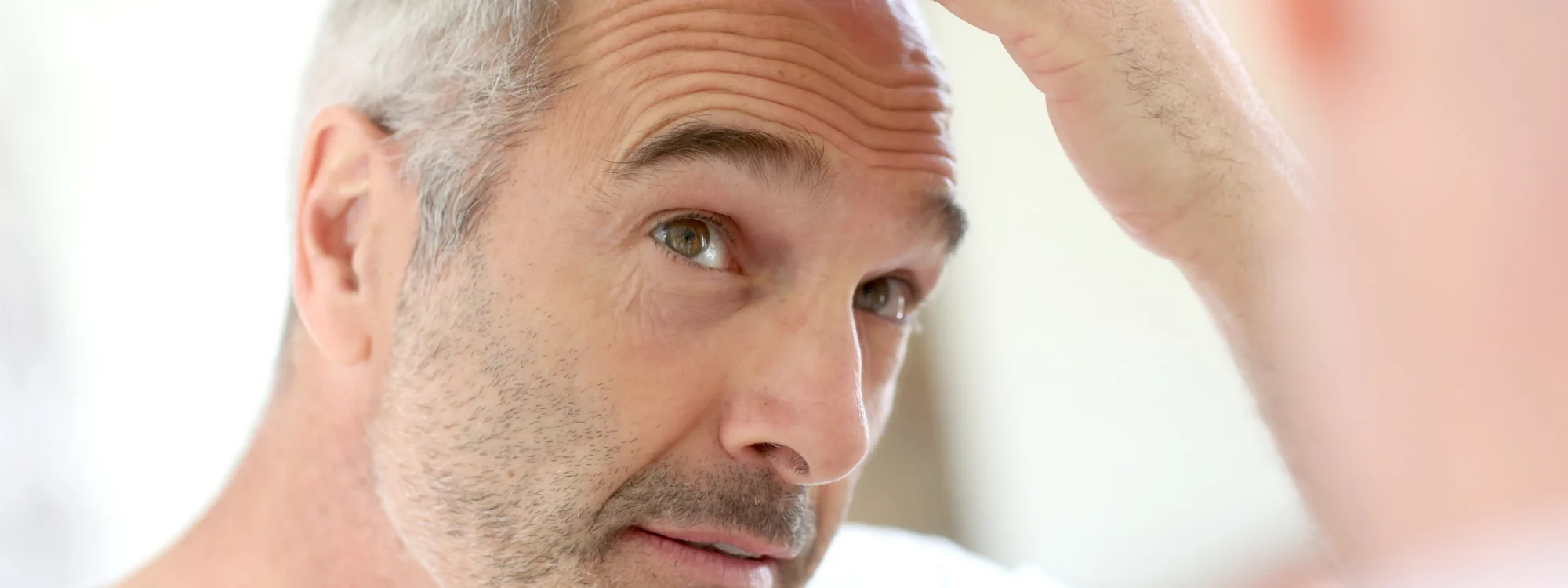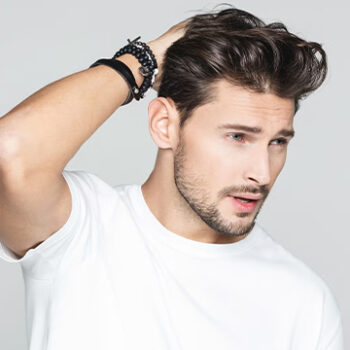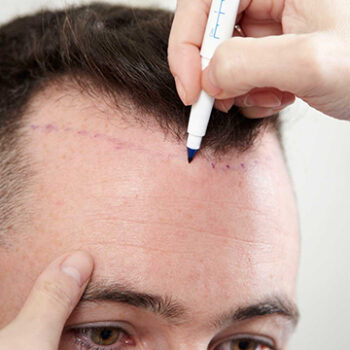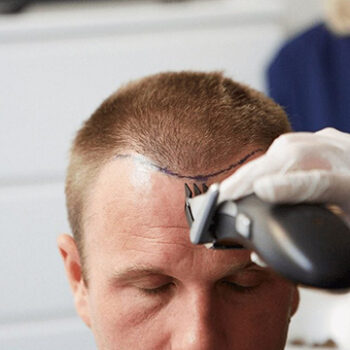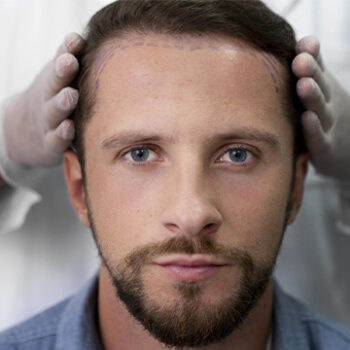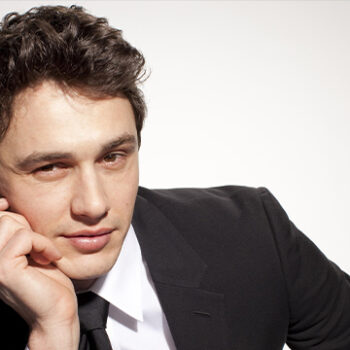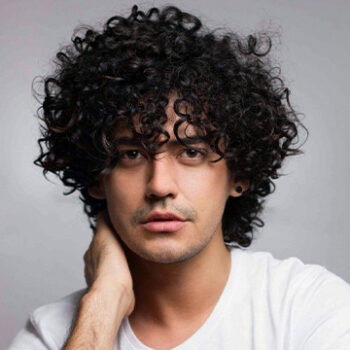Hair Transplantation and Age: Which Age Group is Suitable?
Hair transplantation is an effective solution for those struggling with hair loss, but the timing of the procedure can significantly impact the results. Age plays a crucial role in determining the success of the procedure, as different age groups have unique characteristics regarding hair loss patterns, recovery ability, and the likelihood of further hair thinning. This article will discuss which age groups are best suited for hair transplantation and how age affects the procedure.
The Ideal Age Range for Hair Transplantation
The ideal age range for hair transplantation generally falls between 25 and 45 years old. At this stage, hair loss patterns have stabilized, allowing for more predictable and long-term results. However, individuals outside this age range can also benefit from hair transplantation, with adjustments to the treatment approach based on their specific needs.
Hair Transplantation at a Young Age: Advantages of Early Transplantation
Undergoing a hair transplant at a younger age, particularly in your 20s, has its advantages. Early intervention can help restore confidence and prevent further progression of hair loss. The transplanted hair is permanent, which means the results will last throughout life, even if hair loss continues in other areas.
Advantages of Early Transplantation:
- Preventing Further Hair Loss: By transplanting hair early, you can address thinning areas before they become more severe.
- Psychological Benefits: Early restoration of hair can boost self-esteem and confidence in young individuals.
- Permanent Results: The hair transplanted during younger years typically lasts throughout life.
Hair Transplantation in the 20s: When Should It Be Done?
Hair loss in the 20s can be emotionally challenging, but deciding when to undergo a hair transplant depends on the severity and progression of hair loss. If hair loss is already significant or progressing rapidly, a hair transplant may be considered. However, it is essential to wait until the hair loss pattern has stabilized, which can take a few years.
Ideal Timing in the 20s:
- When Hair Loss is Stabilized: It’s recommended to wait until the hair loss pattern has become clear, usually by the mid-20s, before undergoing the procedure.
- Consultation with a Specialist: A thorough assessment of the cause and pattern of hair loss is necessary before deciding on a transplant.
Hair Transplantation in Middle Age: How Do Results Change?
For individuals in their 30s and 40s, hair transplantation can still be highly successful. However, results may vary depending on the extent of existing hair loss and the availability of donor hair. Middle-aged individuals tend to have more predictable results since their hair loss pattern is more defined.
Factors to Consider in Middle Age:
- Donor Hair Quality: As people age, the donor hair quality may decrease, but it is still usually sufficient for transplantation.
- Hair Loss Progression: If hair loss continues after the transplant, additional procedures may be required in the future.
Hair Transplantation for People Aged 40 and Above: Applicability and Results
People over 40 can still undergo hair transplantation, but it’s important to consider the current state of their hair loss and general health. At this age, hair loss may have stabilized, but the donor area may show signs of thinning, which can affect the number of grafts available for transplantation.
Challenges and Considerations for 40+ Age Group:
- Thinner Donor Area: The availability of thick, healthy hair may be reduced.
- Hair Loss Continuation: Some degree of future hair loss is possible, requiring further transplants or different planning.
- Long-Term Planning: More careful consideration of long-term results and potential future procedures is essential.
How Does Older Age Affect Hair Transplant Results?
In older individuals, the success of a hair transplant can still be positive, but there are some challenges:
- Slower Healing: Older individuals may experience a slower recovery process due to changes in skin elasticity and overall health.
- Diminished Hair Follicle Quality: The hair follicles in the donor area may not be as robust, which can affect the final outcome.
However, with proper planning and aftercare, older individuals can still achieve satisfactory results.
Hair Transplantation in Older Age: Recovery Process
The recovery process may be slightly slower for individuals in their 50s or older due to changes in skin quality, blood circulation, and healing capacity. However, with proper aftercare and monitoring, the majority of older patients recover successfully.
Recovery Tips for Older Individuals:
- Follow Post-Surgery Care Instructions: Strict adherence to post-operative care instructions is even more critical in older patients.
- Patience with Healing: Understand that the healing process may take longer, but it should still result in a successful outcome with proper management.
Hair Loss Changes with Age and Hair Transplantation
Hair loss patterns change as people age. For instance, men typically experience a receding hairline or crown thinning, while women may notice diffuse thinning across the scalp. These changes affect the planning of a hair transplant, as different techniques may be required to address different types of hair loss.
Age-Related Changes in Hair Loss:
- Men: Men often experience male pattern baldness, which starts in the temples and crown areas.
- Women: Women tend to experience diffuse thinning across the scalp, often more evenly distributed.
- Adapting Techniques: Younger patients may require more coverage in localized areas, while older patients might need more extensive work depending on their hair loss.
Age Limits for Hair Transplantation: Necessary Changes Based on Age
While there is no strict age limit for hair transplantation, certain adjustments must be made based on the patient’s age:
- Younger Patients (20s-30s): The focus is on preventing further hair loss and providing long-term results.
- Middle-Aged Patients (30s-50s): A thorough evaluation of donor hair and a long-term hair loss plan is important.
- Older Patients (50s and Beyond): Emphasis on slower recovery and potential for additional procedures if hair loss progresses.
Planning Hair Transplantation Based on Age Group
Age plays an important role in planning a hair transplant procedure. Younger patients may prioritize prevention, while older individuals may require more extensive grafting and strategic planning for long-term results. In all cases, consultations with an experienced hair transplant surgeon are crucial to determine the most appropriate method for each age group.

 English
English Français
Français Deutsch
Deutsch Türkçe
Türkçe 中國人
中國人